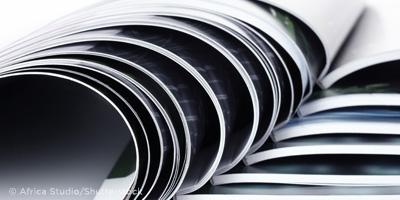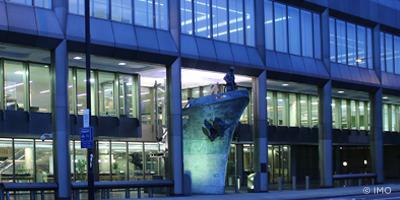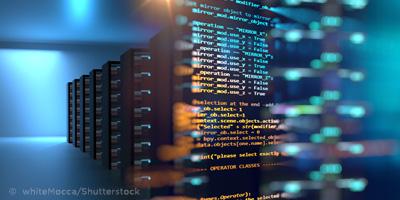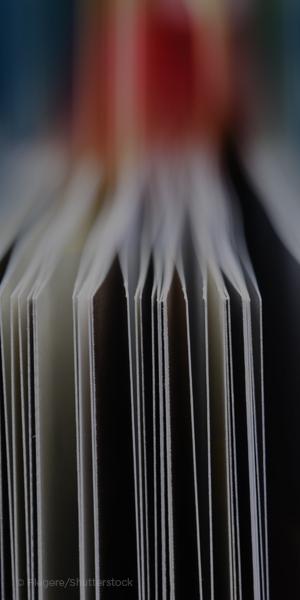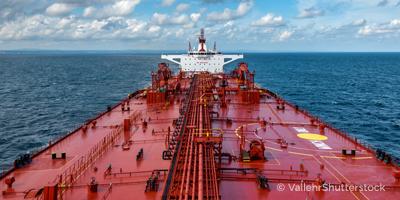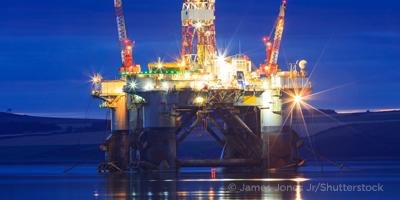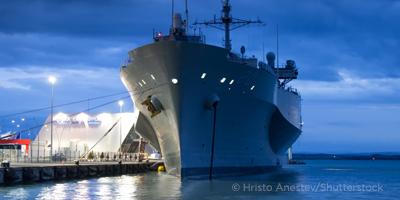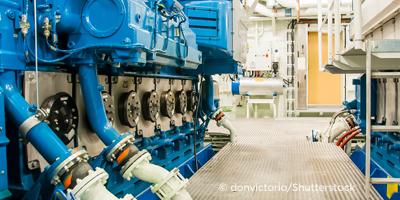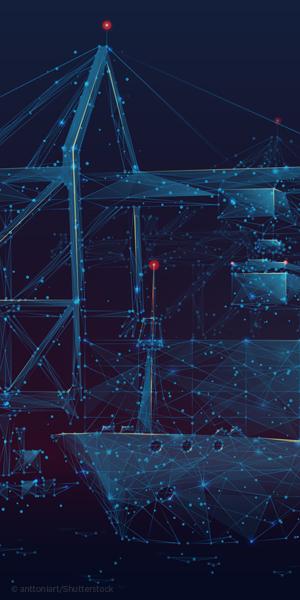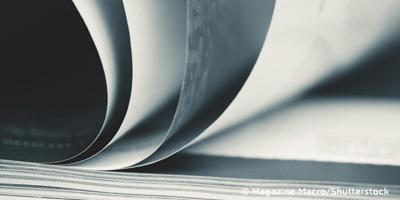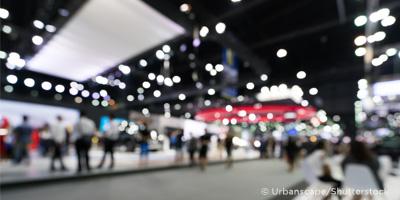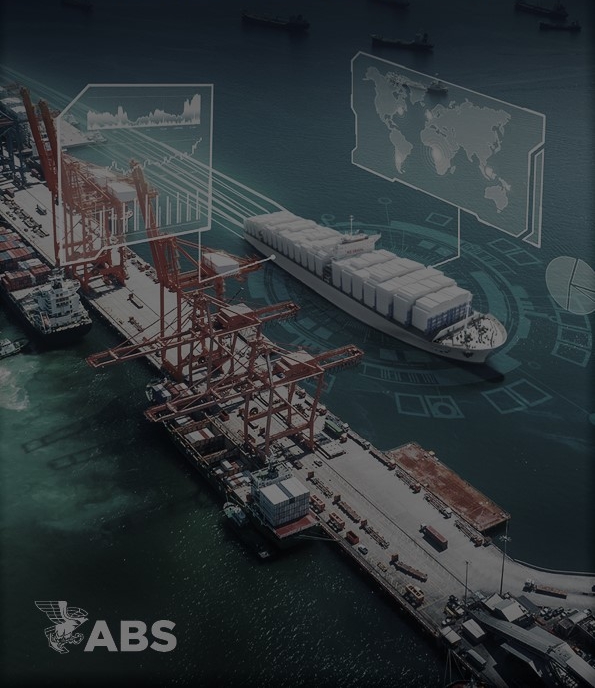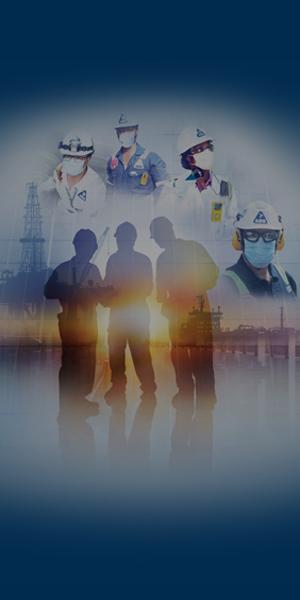In addition to the existing DCS parameters, shipowners and operators are now required to document, report and submit for verification the following:
1. Fuel oil consumption per consumer type.
A new requirement to split fuel consumption per consumer type was introduced. Consumer types include main and auxiliary engines, fired boilers and others.
To comply, shipowners must implement one of the following methods for measuring fuel consumption per consumer type, and update accordingly the SEEMP Part II:
1. Method using flow meters
The flow meters should be located so as to measure all fuel oil consumption for each consumer type. Each flow meter and its link to a specific consumer type must be clearly identified in the SEEMP Part II. Any individual consumer not monitored by a flow meter should also be explicitly listed, and an alternative fuel oil consumption measurement method should be included.
2. Method using bunker fuel oil tank monitoring on board
Tank readings, which are carried out by appropriate methods such as automated systems, soundings, and dip tapes, should normally
occur daily when the ship is at sea and each time the ship is bunkering or de-bunkering.
3. Alternative methods
If there is a consumer type for which neither of the above methods can be applied, one of the following methods may be used:
a. Method using subtraction
If fuel consumption for only one of the consumer types is not available, the fuel consumption of this consumer type may be derived by subtracting the consumption of other consumer types from the total annual fuel oil consumption, which is measured according to the established methodologies in the current SEEMP Part II.
b. Method using estimated fuel oil consumption
If none of the above methods can be applied, an alternative method, such as one based on manufacturer data or historical fuel consumption records for a specified period, may be used subject to the satisfaction of the flag Administration or a recognized organization (RO).
Note: Each consumer type may use a different method to measure fuel oil consumption.
2. Fuel oil consumption when the ship is not under way, by fuel oil type per consumer type.
Fuel oil consumption must be reported separately when the ship is not under way, by fuel oil type per consumer type. The methodology for measuring this consumption should be included in SEEMP Part II.
3. Onshore power supplied.
The amount of onshore power supplied should be recorded based on a relevant document from the power supplier, which must be securely stored. The total amount of onshore power supplied should be calculated as the sum of the amount of onshore power supplied in kWh. A relevant methodology should be developed and included in SEEMP Part II.
4. Transport work for ships.
Ships subject to Regulation 28 of MARPOL Annex VI (Carbon Intensity Indicator (CII)) must report the total transport work. This is the annual sum of each voyage's transport work, which is the distance sailed multiplied by the cargo carried during a voyage. Subsequently, for each voyage, operators must also report the cargo carried, specific to the ship type, as outlined below. A corresponding methodology for these calculations should be developed and included in SEEMP Part II.
Ship type
|
Transport work metric
|
Bulk carriers
|
Cargo mass (metric tons) x distance
|
Tankers
|
Cargo mass (metric tons) x distance
|
Combination carriers
|
Cargo mass (metric tons) x distance
|
Gas carriers
|
Cargo mass (metric tons) x distance
|
LNG carriers
|
Cargo mass (metric tons) x distance
|
General cargo ships
|
Cargo mass (metric tons) x distance
|
Ro-Ro cargo ships (vehicle carriers) and Ro-Ro cargo ships
|
Cargo mass (metric tons) x distance
|
Containerships
|
Number of TEUs, Cargo mass + Container Mass (metric tons) x distance
|
Cruise passenger ships
|
Number of Passengers x distance
|
Ro-Ro passenger ships
|
Number of Passengers x distance and Cargo mass (metric tons) x distance
|
5. Laden distance (on a voluntary basis).
Laden distance, is calculated as the distance sailed when the ship is loaded, may be reported voluntarily.
6. Installation of any innovative technology.
Ships subject to Regulation 28 of MARPOL Annex VI (Carbon Intensity Indicator (CII)) should report the installation of innovative technology, if applicable. As outlined in MEPC.1/Circ.896, innovative technologies are categorized as follows:
1. Category A: such as low friction coating, rudder resistance, propeller design etc.
2. Category B-1: such as hull air lubrication systems.
3. Category B-2: such as any type of wind assistance (sails, Flettner-Rotors, kites).
4. Category C-1: such as waste heat recovery systems that convert exhaust heat into electric power.
5. Category C-2: such as photovoltaic cells.
SEEMP Parts II and III amendments
Ships must comply with amended SEEMP Parts II and III requirements: SEEMP Part II must include the enhanced granularity information explained above and the revised definitions for the terms “under way” and “not under way” while SEEMP Part III must be revised to reflect the updated Carbon Intensity Indicator (CII) reduction targets for 2026–2028, with completion of verification and issuance of a Confirmation of Compliance by 31 December 2025.
1. Updated Definitions for the terms “under way” and “not under way”.
To improve clarity and consistency in reporting, MEPC 83 adopted amendments to the 2024 SEEMP Guidelines (Resolution MEPC.401(83)), which provide definitions for the terms “under way” and “not under way", replacing the previous term “under its own propulsion.
1. Under way
The period between full ahead on passage (FAOP), where transit to the next port starts, and end of sea passage (EOSP), where the ship decelerates from transit speed.
FAOP is commonly referred to as Begin of Sea Passage (BOSP), as defined in the IMO Compendium on facilitation and electronic business (IMO Compendium) under IMO 0597 (Code EV10).
2. Not under way
The period between the end of sea passage (EOSP) and full ahead on passage (FAOP) of the following sea passage. Due to frequent maneuvering, acceleration, and deceleration, the period between Begin Canal Passage (EV08) and End Canal Passage (EV09) is considered not under way.
These new definitions relate to the following reporting parameters listed in Appendix IX of MARPOL Annex VI:
- Fuel oil consumption while the ship is not under way, by fuel oil type per consumer type
Total distance travelled is unaffected by the new definition of "under way" introduced by MEPC.401(83).
2. CII reduction targets for 2026–2028
To support the IMO’s objective of achieving at least a 40% reduction in CO₂ emissions per transport work by 2030 compared to 2008, the reduction (Z) factors for the required annual operational CII for the years 2027 to 2030 were adopted by resolution MEPC.400(83), introducing an annual reduction increment of 2.625 percent.
Year
|
Reduction factors relative to 2019 |
2027
|
13.625%
|
2028
|
16.25%
|
2029
|
18.875%
|
2030
|
21.5%
|
In accordance with Regulation 28 of MARPOL Annex VI, ships of 5,000 GT and above (excluding certain exempted types) are required to determine their Required Annual CIIs for the next three years, as benchmarks against the ship’s actual performance (Attained CII). The SEEMP Part III must include:
- The Required Annual Operational CIIs for the next three years.
- An implementation plan detailing how these CIIs will be achieved.
- A self-evaluation and improvement procedure.
Based on this and following the adoption of the CII reduction factors for the years 2027 to 2030, a revised SEEMP Part III should be developed and submitted for review by 31 August 2025 allowing time for ABS to complete the review process. The revised SEEMP Part III and the associated Confirmation of Compliance must be on board by 1 January 2026.



